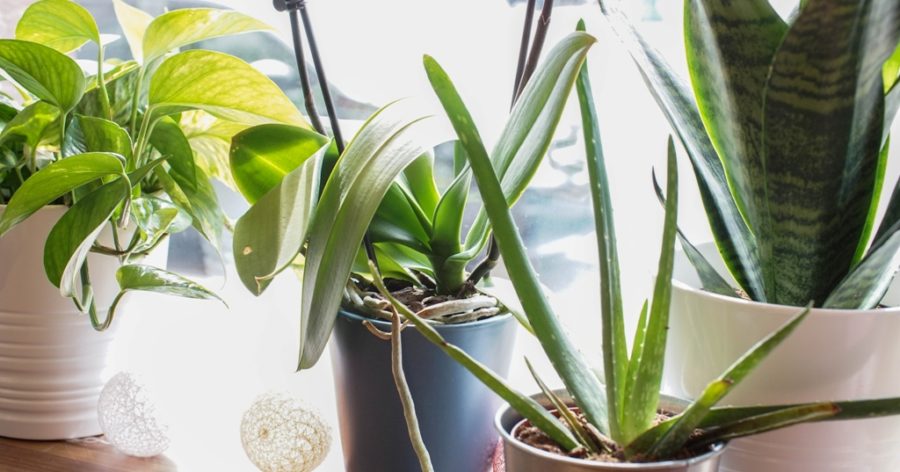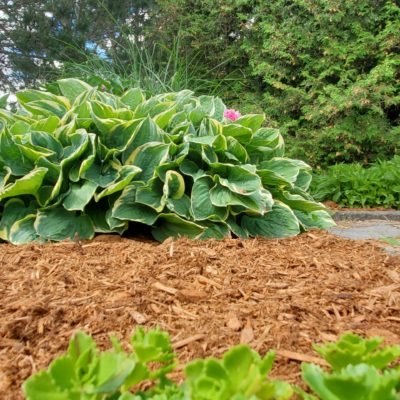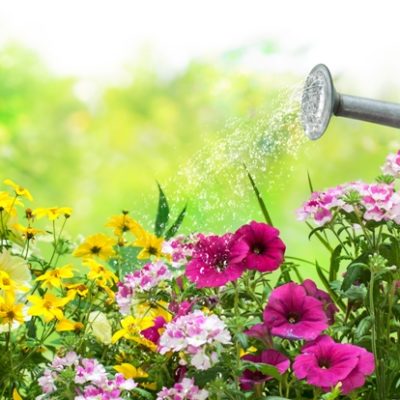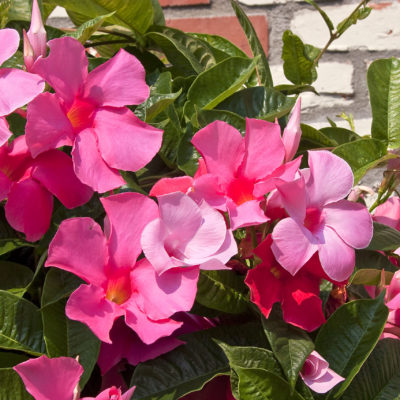
Houseplants in Autumn
As we travel into the cooler days of fall, we all notice that the days are getting shorter and the sun is setting earlier. Our indoor houseplants are also feeling the need to adjust to these changes. As days shorten, they will slow their growth and water requirements, and it’s up to us to adjust the frequency of our watering schedules. We can also give some varieties a trim to further help with their adjustment.
Shorter days mean that the sun is now less intense, meaning that it’s giving off less energy than during the hot summer. This change in energy levels directly affects our indoor houseplants, which will begin to slow their growth in response to this change. Make sure that you are checking the moisture content of the soil and watering deeply and only when the plant needs it. Some plants may use significantly less water in the fall and winter months, so it’s important to change your watering habits to match your plants’ current needs and not what they needed back in that summer heat wave.
Autumn is also a great time to consider trimming plants back. Some plants like Ficus, Schefflera, and Ivies that grow multiple leafy stems may have grown a lot over the long, high light days in summer. Trimming them back and pruning to shape will help the plants adjust to lower light levels. If left untrimmed, a lot of these plants will drop off their older interior foliage in order to make their own adjustments; trimming your plants helps you control the plants’ shape and fullness. Some plants don’t need to be cut back at all, such as Snake plants, ferns, dracaenas, and palms.
Tropical plants that have been outdoors for the summer months benefit from being moved indoors in early September, before the temperature starts to go below 10 degrees Celsius. Hibiscus, Bougainvillea, Mandevillea, Passion Flower and Jasmine, are just a few of the flowering high light plants that are often placed outdoors for the summer and indoors for the rest of the year. These plants have been out in the heat, humidity, and intense sun for months and will greatly benefit from being pruned when they come indoors. Over the winter months you can do some light pruning to keep them bushy and full. These sun loving plants will also show a big difference in their water consumption – they can go from needing daily watering in high summer to going every 5, 7 or even sometimes every 10 days between waterings. It’s very important to check the soil moisture and only water according to the plant’s requirements, not according to a calendar schedule. Misting the leaves on these humidity loving plants during this transition period is also beneficial to their adjustment to indoor life.
A common problem in the later fall early winter is rotting roots due to overwatering (watering too frequently or allowing plant to sit in water). This can be avoided by having pots with drainage, emptying saucers after watering, and making sure the plant is drying out between deep waterings.
Repotting can be done at this time of year if necessary, but only a small increase in pot size is recommended. As the days shorten so does the plant’s growth rate; it will take your plant much longer to grow roots in the later fall and winter than it does in the spring and summer. Many people prefer to repot more in the spring or early summer, using the longer days to give their newly potted plants plenty of time to grow their roots and absorb that gorgeous sunlight.





